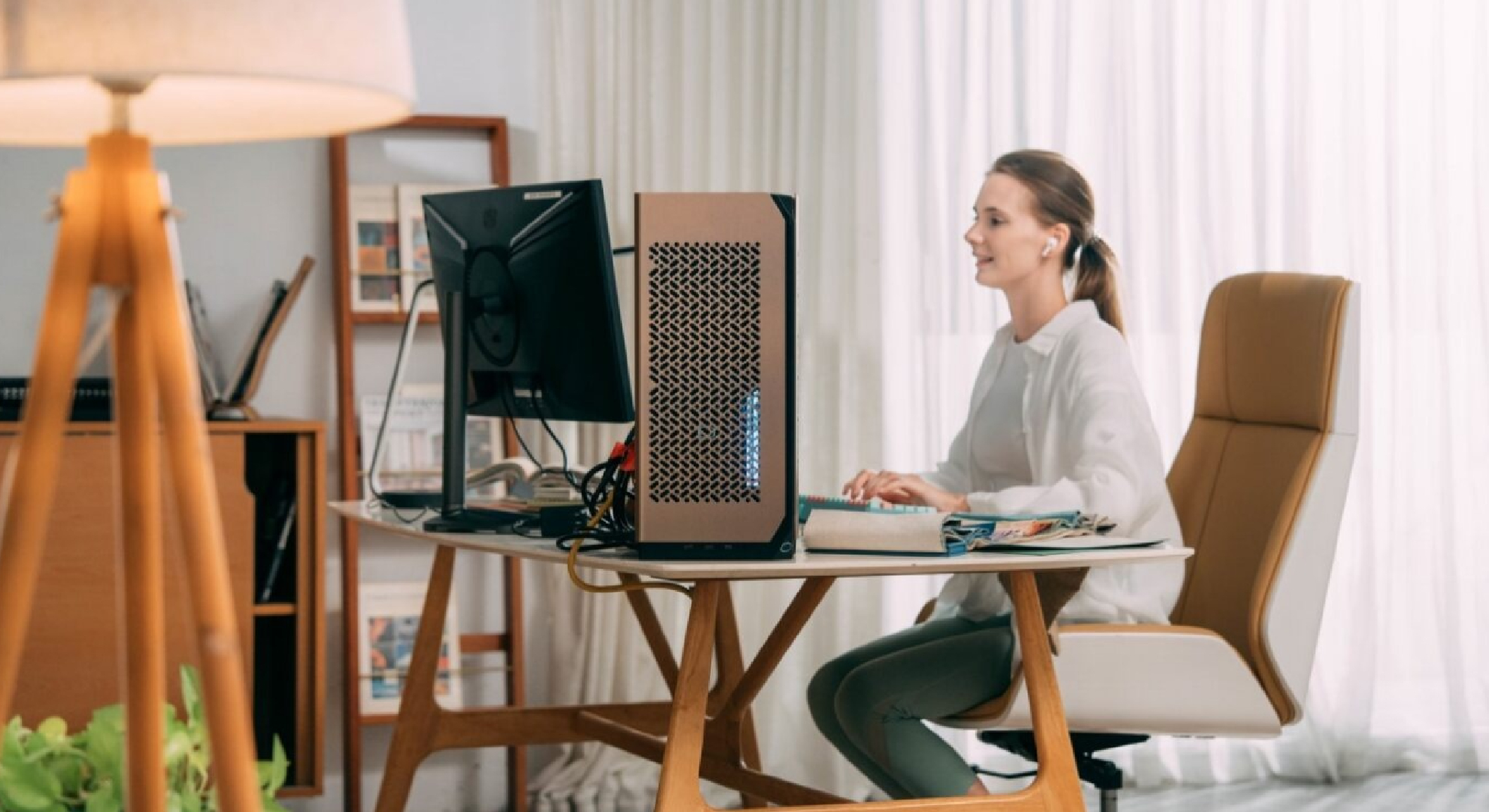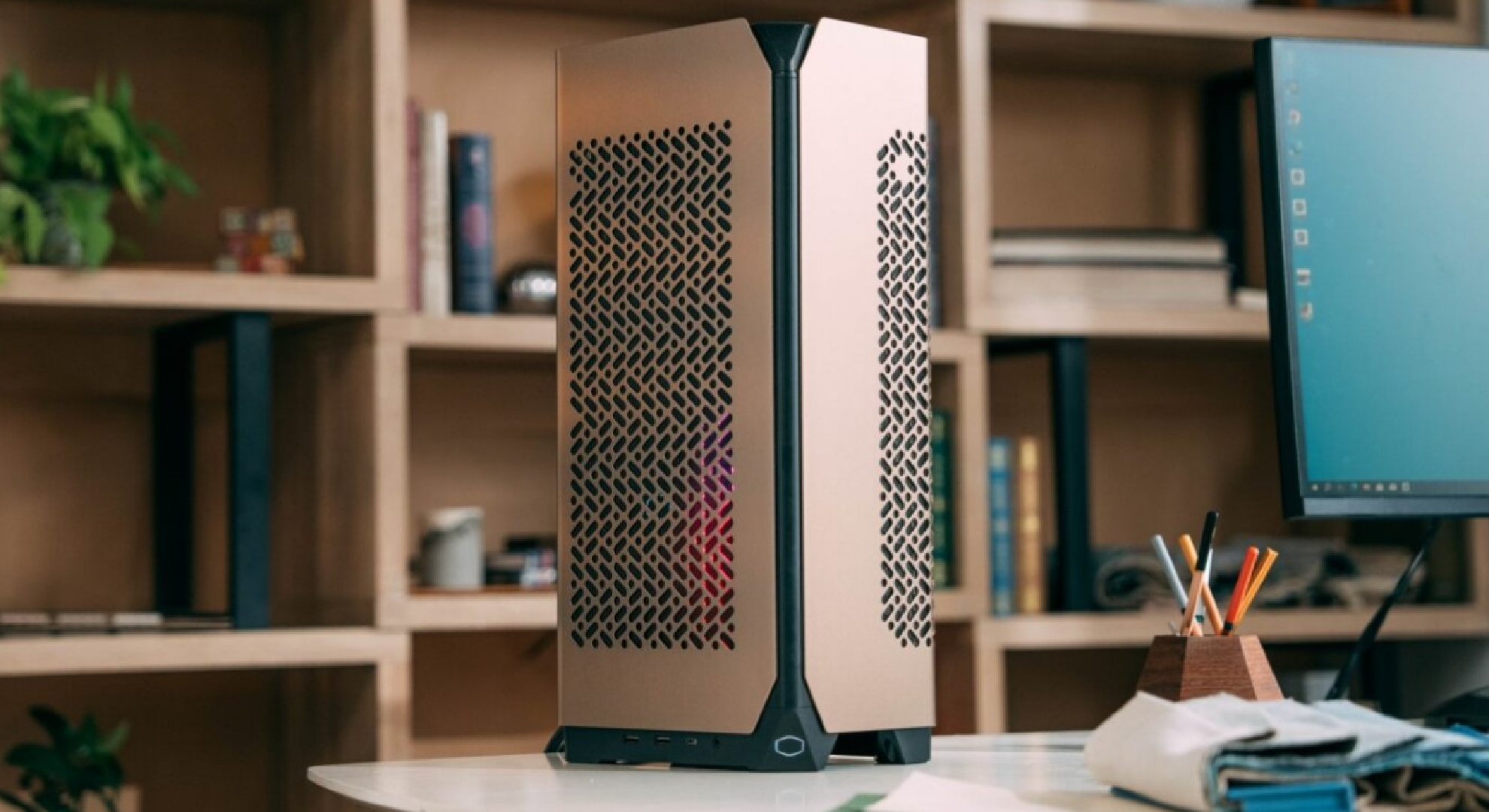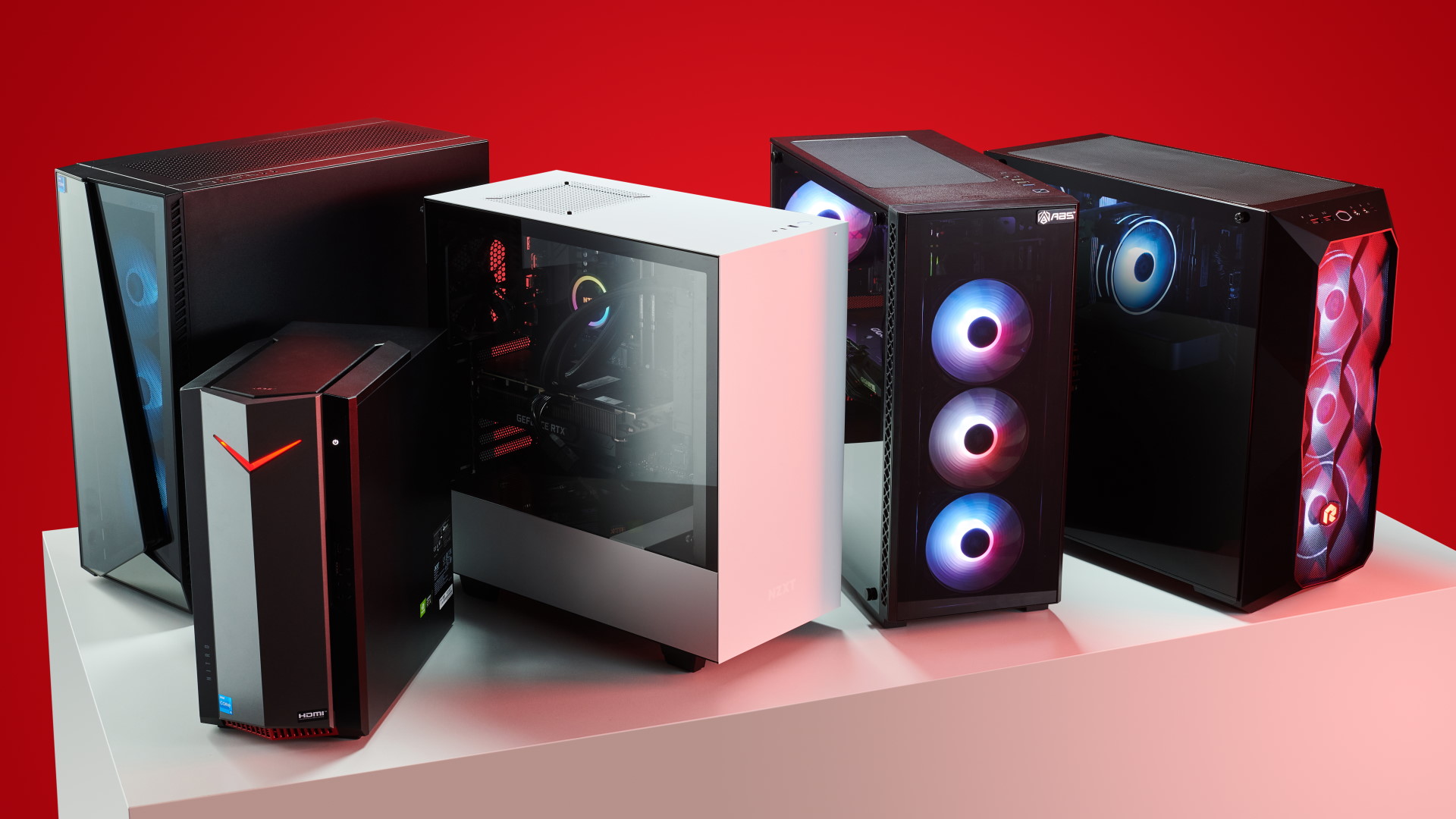Cooler Master has just unveiled the most oxymoronic small form factor PC chassis I've ever seen
I've been staring at it for the past hour, and only one question remains: why?

Small form factor PCs have been a thing seemingly forever now, and I've always been something of a fan. After all, a regular ATX case can be quite an awkward space hog on your desk, so fitting your components into a small and efficient chassis instead seems like a sensible thing to do. Cooler Master seems to have forgotten the whole "small and efficient" part of that principle, however, as it's just unveiled a mini ITX case at CES 2024 that, well, isn't.
It's called the Ncore 100 Max, and aside from doing a good impression of a fancy dehumidifier, I just can't get my head around why it exists at all.
Cooler Master calls it a "pivotal moment in small form factor PC case design", and while I'm not sure I agree, it certainly is one of the stranger chassis configurations I've seen to date. Constructed from aluminium alloy, the Ncore 100 Max measures 481mm tall, with an internal volume of 15.8L, expandable to 17.54L by extending the width of the chassis from 155mm to 172mm, which Cooler Master says allows it to accommodate three-slot width GPUs.
Given the bizarre dimensions and internal configuration, the Ncore 100 Max comes with, (or to rephrase, outright requires) a "tailor-made power solution" in the form of an included V SFX Fold 850W ATX 3.0 PSU with custom length cables and a custom AIO with a 38mm thick radiator designed to supply adequate power and cooling within its elongated proportions.
This seems like an awful lot of effort to accommodate a form factor that by its very name should be considered small, yet in the photos looks anything but.



Look, I get the principle. Desk footprint is the thing to be considered here, along with a maximisation of internal build space, and what better way to minimise the space taken up on your desk than standing everything on its end. But in all honesty, given the amount of wrangling it seems to have taken to make this configuration work—and the subtle-as-a-brick visually dominating chassis that eventually results—are we really sure this was a good idea?
Small this ain't, and while the engineering might be impressive, I'm really struggling to see who might genuinely want one.
Keep up to date with the most important stories and the best deals, as picked by the PC Gamer team.

Best gaming PC: The top pre-built machines.
Best gaming laptop: Great devices for mobile gaming.
Is your desk in a broom cupboard with tall ceilings? Then it may very well be for you. Otherwise, unless you happen to go bananas for the sheer imposing nature of the thing, or you absolutely must have a three slot card in an ITX case, I can't help but feel that not much has been achieved here beyond creating a new chassis design just because it hasn't been done yet.
RTX 4090s in ITX cases are a thing, although admittedly its a fair bit of a squeeze. Nevertheless, if you're that desperate for the most high powered components in the smallest case possible, more elegant solutions like the above do already exist, making all this upright tomfoolery somewhat redundant.
Ordinarily I'm drawn to the weird, the wonderful and the bizarre, but I'm sorry Cooler Master, I can't get onboard with this one. It seems like a whole lot of custom engineering for not a lot of results. Although if I change my mind and find myself squeezed for all the desk footprint I can get while still needing a mahoosive GPU, I guess I'll let you know.
Oh wait, I can put my PC under the desk instead. Yeah, that'll work too.
_____________________________________
PC Gamer's CES 2024 coverage is being published in association with Asus Republic of Gamers.

Andy built his first gaming PC at the tender age of 12, when IDE cables were a thing and high resolution wasn't—and he hasn't stopped since. Now working as a hardware writer for PC Gamer, Andy's been jumping around the world attending product launches and trade shows, all the while reviewing every bit of PC hardware he can get his hands on. You name it, if it's interesting hardware he'll write words about it, with opinions and everything.

